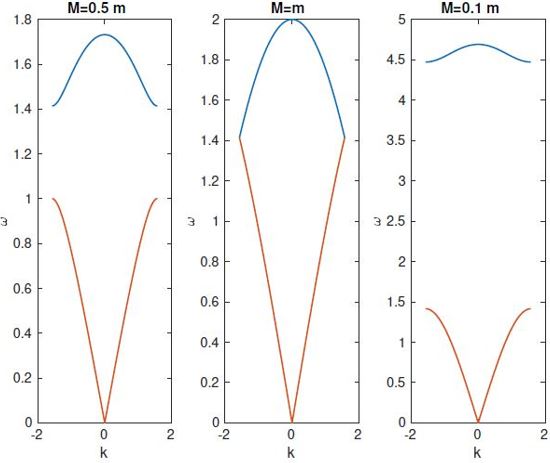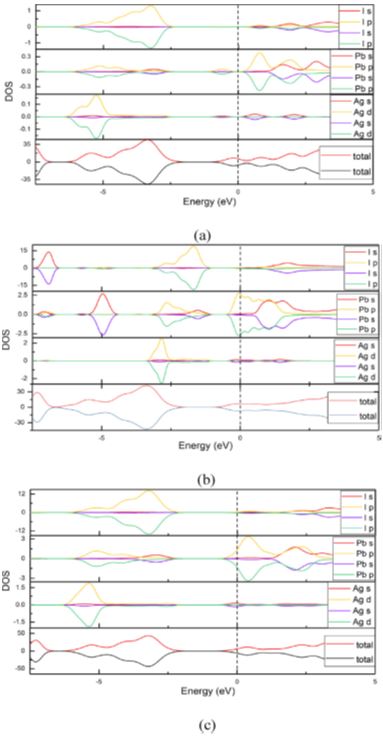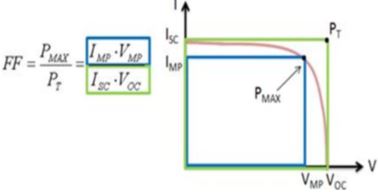Photo Conversion Efficiency (𝜼)
The power change productivity of a sun oriented cell is its capacity to get most extreme yield power created through an info force of 1 sun condition. It is characterized as the proportion of the most extreme power created to the occurrence power on the outer layer of perovskite sun oriented cell. This worth has ultimately turned into a norm for getting the presentation as far as proficiency of the PSC.
The previously mentioned portrayal methods have ended up being exceptionally viable in the depicting the design, creation and surface morphology of the examples utilized in the blend of the PSC. Moreover J-V attribute of the PSC have ended up being an effective method for deciding the PCE of the cell.
Artifacts Caused by Scanning Probes
Because of the susceptibility hybrid of perovskites to air organic-inorganic, degrades the surface faster than, posing the bulk problem strategies for scanning probes that require close contact with the surface of the materials. This is particularly true when imaging in touch mode techniques like c-AFM, and PFM in which cantilever tip is suspended always contact in with the substance, because contacting with the film AFM tip is available. alter its morphology. In addition, CH3NH3PbI3 is susceptible to electric fields. Making tests much more difficult.
To avoid erroneous conclusions based on characterization method artifacts, it is preferable to rather than relying on data gathered from multiple techniques, combine it. Entirely on one methodology. It is critical to analyses the potential implications of the measurements on the results for all methodologies utilized, and to change the interpretation accordingly.
This change in amplitude and phase happens at the same time discrepancies are more likely due to electrochemical events than to ferroelectric domain switching. Furthermore, due to the considerable leakage current's effect on thin films, observing a large polarisation variation experimentally is nearly impossible. As a result, the ferroelectricity of CH3NH3PbI3 is still a hot topic, and more research is needed to settle this vital question. PFM was used by Fan et al. to investigate ferro electricity characteristics is a chemical compound that has the formula CH3NH3PbI3, which has recently attracted a lot of interest.
While the probe was being scanned, through a thin coating of CH3NH3PbI3, a selection of voltages were put across the probe's tip, and the piezo force response's amplitude and phase were monitored.
To be ferroelectric, a material must be able to use an alternating electric field to modify its polarisation orientation, which would be seen in PFM tests' pictures of amplitude and phase.
When the DC poling voltage is less than +2.5 V, use (or negative) a positive voltage DC poling (1.5 V), there was essentially neither the amplitude nor the phase of the signal have changed.
They saw substantial alterations in the pictures' amplitude and phase, as well as voltage when the reached +2.5 V, images of topography (1.5 V).
Advantage of Perovskite Solar Cells
1. The direct optical band gap of perovskites is roughly 1.5 eV.
2. It has a broad absorption spectrum ranging from visible to near-infrared and a high absorption coefficient.
3. The material perovskite has a long diffusion length and a long minority carrier lifetime.
4. Methylammonium lead halides, for example, are significantly less expensive and easier to make than perovskite materials.
5. Perovskite cells have a high efficiency of more than 22%.
6. In silicon to comparison, perovskite utilises material less to the same absorb quantity of flight. Hence, it is cheaper than silicon.
7. This low-cost material in the aids conversion of windows building, car tops, and walls into generation solar power.
8. It has a large dielectric constant, a procedure for quickly separating charges, electron a large and hole distance, transport and a long carrier separation lifespan.
Disadvantages of Perovskite Solar Cells
1. The thickness and Film quality are the main issues in perovskite solar cells.
2. The degradation issue of methyl ammonium lead iodide perovskite needs to be explored.
3. The substance is poisonous by nature.
4. Moisture, snow, heat, and other environmental will factors cause the degrade quickly perovskite material.


 ©
© 

